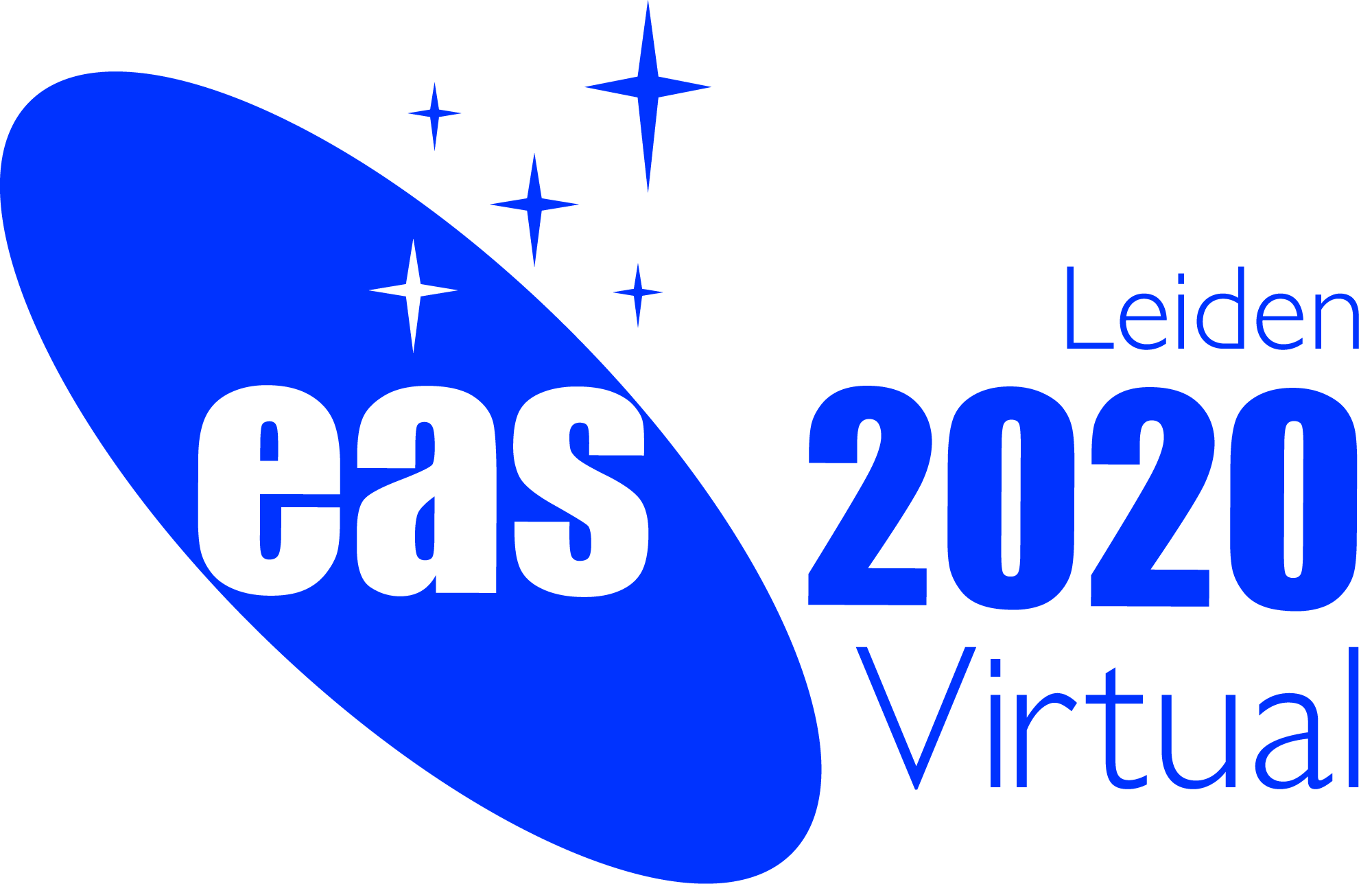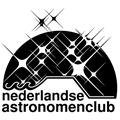Symposium S9
29 - 30 June 2020
Extremes in accretion onto strongly magnetised neutron stars: Observations vs. theory

Aims and scope
Neutron stars (NSs) are known as natural laboratories to study physics under extreme conditions of high density, strong magnetic and gravitational fields. The strength of the magnetic field at the NS surface exceeds the maximal magnetic field strength achievable in labs by a factor of a few million. Many strongly magnetized NSs belong to close binary systems and their luminosity in X-rays is powered by accretion. Extreme accretion regimes emphasize specific features of the interaction between radiation and matter, providing an opportunity to use the observational data in tests of theoretical models. Recent years have brought many high-quality data from X-ray observatories (NuSTAR, XMM Newton, Chandra, Swift) and quite a few important discoveries. On the one hand, it has been shown that NSs in close binary systems can be enormously bright manifesting themselves as pulsating Ultra-Luminous X-ray Sources (ULXs). On the other hand, it is finally becoming possible to detect accreting NS at very low mass accretion rates, where some sources have already shown surprising spectral and timing behavior.
At the moment, the observational results are standing far in front of coherent theoretical models, which face complications in the theoretical description of radiation and matter interaction under conditions of a strong magnetic field. In the next few years, a new revolution is expected in observational X-ray astrophysics with the launch of the first X-ray polarimeters (IXPE, eXTP). Since the most essential processes in a strong magnetic field are dependent on polarisation, accreting highly magnetized NSs are prime targets for the upcoming X-ray polarimeters. Another revolution is expected with the launch of XRISM X-ray micro-calorimeter, which will improve our capability of detecting winds and cyclotron lines in ULXs and NSs significantly.
This symposium aims to bring together experts (both observers and theoreticians) who focus their research on different aspects of extreme accretion onto strongly magnetized NSs. We expect that the symposia will be an excellent platform for discussions and sharing ideas originated from various particular problems in the field of accretion onto magnetized NSs.
Programme
- Magnetise NSs at low mass accretion rates
- Ultra-luminous X-ray sources (observational results)
- Ultra-luminous X-ray sources (theoretical models)
- Upcoming space missions
Invited speakers
- Matteo Bachetti (INAF, Italy)
- Andrea Belfiore (INAF, Italy)
- Anna Chashkina (Tel Aviv Uni., Israel)
- Selma de Mink, tbc (Harvard Uni., USA)
- Victor Doroshenko (Tuebingen Uni., Germany)
- Marianne Heida (Caltech, USA)
- Natalia Ivanova, tbc (Uni. of Alberta, Canada)
- Dong Lai, tbc (Cornell Uni., USA)
- Gian Luca Israel (INAF - Astron. Obs. of Rome, Italy)
- Andrew King (Uni. of Leicester, UK)
- Peter Kosec (Uni. of Cambridge, UK)
- Ken Ohsuga (Uni. of Tsukuba, Japan)
- Ciro Pinto (INAF/IASF of Palermo, Italy)
- Ekaterina Sokolova-Lapa (Friedrich-Alexander-Uni. of Erlangen-Nürnberg, Germany)
- Valery Suleimanov (Tuebingen Uni., Germany)
- Roberto Turolla (Uni. of Padova, Italy)
- J. van den Eijnden (Uni. of Amsterdam, The Netherlands)
- Anna Wolter (Osservatorio Astronomico di Brera, Italy)
Scientific organisers
Nathalie Degenaar (Uni. of Amsterdam, The Netherlands)
Paolo Esposito (IUSS, Pavia, Italy)
Felix Fuerst (ESA/ESAC, Spain)
Filippos Koliopanos (IRAP, France)
Matt Middleton (Uni. of Southampton, UK)
Alexander Mushtukov, chair (Leiden Uni., The Netherlands)
Ciro Pinto (INAF/IASF of Palermo, Italy)
Marina Romanova (Cornell Uni., USA)
Sergey Tsygankov (Uni. of Turku, Finland)
Natalie Webb (IRAP, France)
Contact
Alexander Mushtukov: al.mushtukov @ gmail.com
Updated on Thu Feb 27 18:02:10 CET 2020
|

 A power cut will shut down all EAS services on Tuesday, 10 January 2017 starting at 7:30 CET.
A power cut will shut down all EAS services on Tuesday, 10 January 2017 starting at 7:30 CET.



